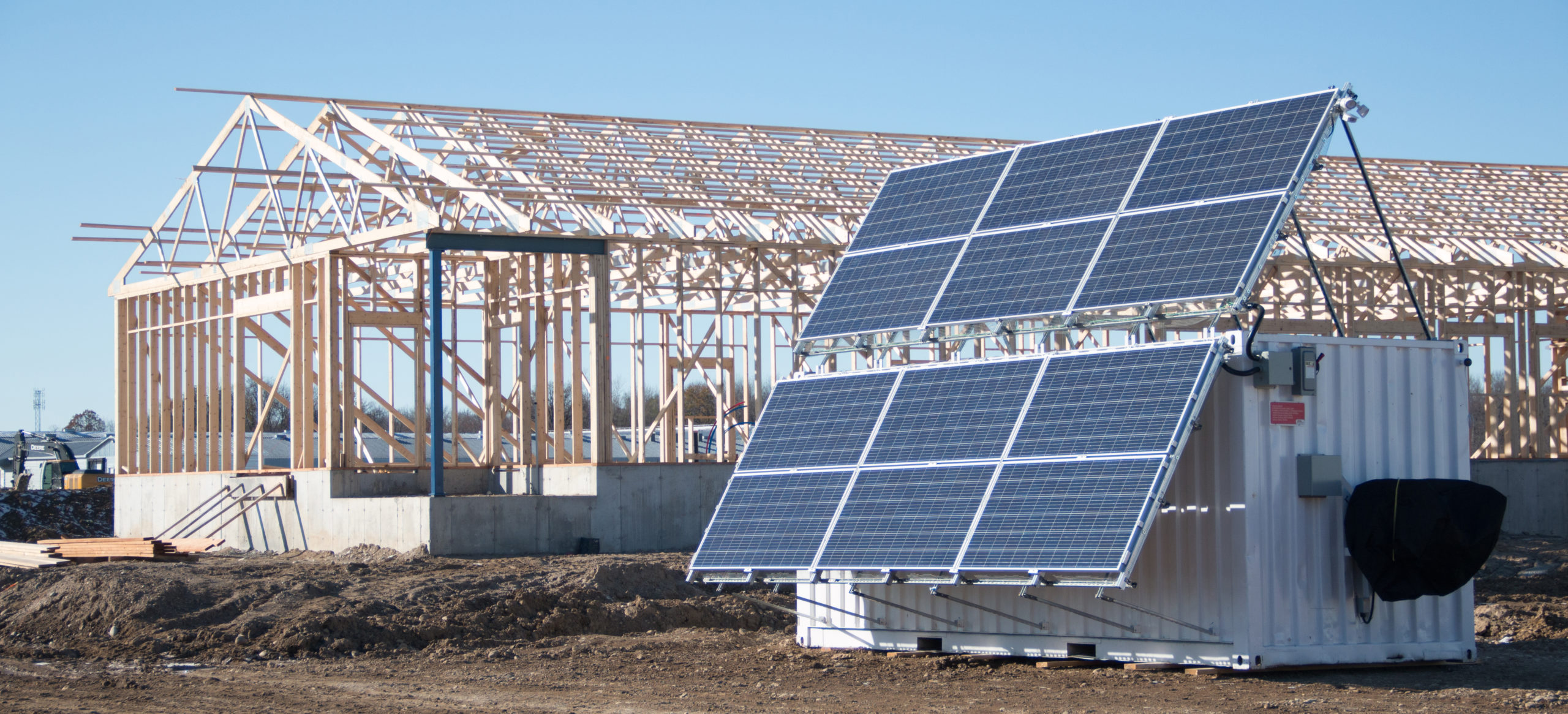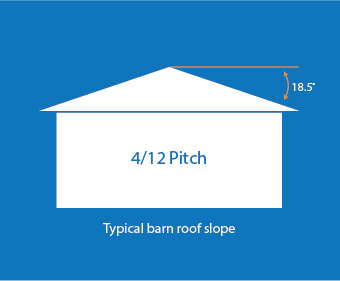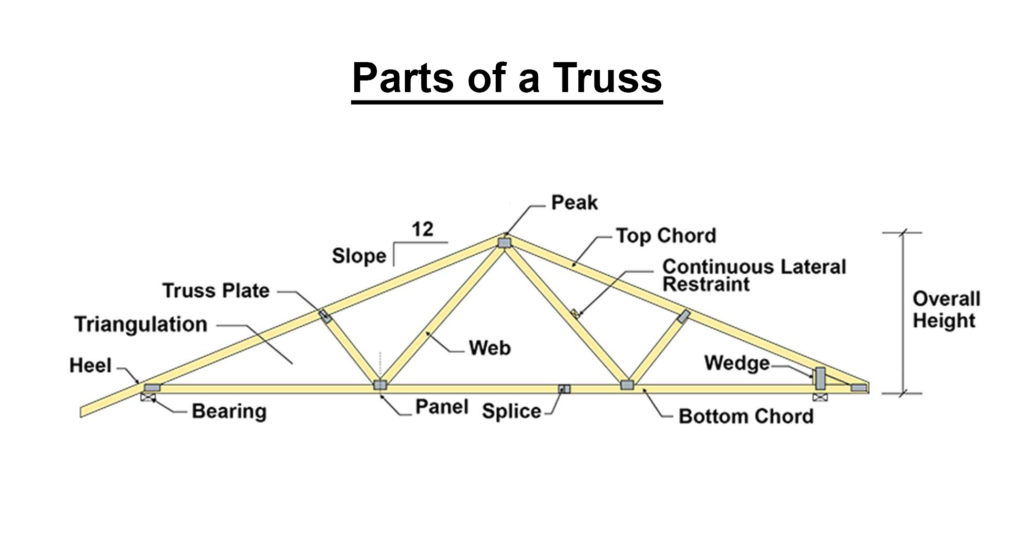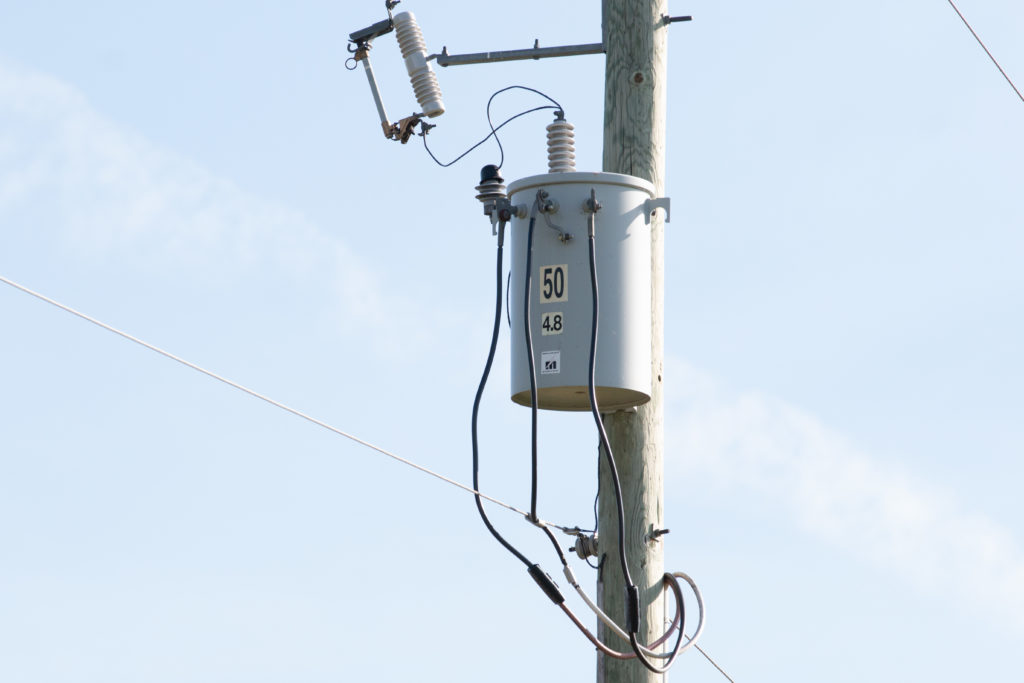
Build now for the future – It’s not as simple as adding more panels down the road. You will need to start all over again with your system.
When building a new barn with solar as a consideration there are a few things to keep in mind to save you trouble down the road. As you would expect these are mainly things like the structure and orientation of the barn along with the electrical service and utility connection.
For the structure of the barn there are two main things to consider, the orientation of it along with the extra load of the solar system mounted to the roof.
Ideally the barn will be oriented with a roof facing directly south to install the solar modules on. This is the most efficient orientation in the Northern Hemisphere which means you will need fewer solar modules to produce the power required. Barns that are oriented with east and west facing roofs are still good candidates for solar installations with an equal number of modules installed on both sides (facing east and west), but require around 15% more solar modules to equal the production of a south-facing array.

The angle of the roof also has an effect on the production of the modules. Solar panels give the highest energy output when they are directly facing the sun. The position of the sun is dependent on the time of the day and the season. For that reason, the ideal angle of your solar modules depends on two factors: where you live and what time of the year you need the most solar energy.
For example: 44º latitude (Oshawa/mid-Ontario) = Ideal slope for summer production is 29º. Ideal for winter is 59º.
A typical barn roof has a 4/12 pitch, which is approximately 18.5º. Although a steeper roof will produce more energy, the cost of a steeper roof far outweighs the savings of fewer solar modules so the typical 4/12 roof pitch will be more than enough.
If you are looking at a flat roof then there are racking solutions designed to provide the optimal tilt.

For the actual structure of the barn, it is important to focus on the truss design and make sure there is enough margin to support the extra weight of the solar modules and the racking system to hold them there. A typical flush mount solar installation on the roof only adds between 2.5-3 lbs/sq ft of extra load to a roof, so this needs to be accounted for in the truss design. In some cases, the structural engineer has already built in this margin and no additional support is needed, however it is important to make sure this is done if there is a chance of a solar installation.

Lastly, you should build your electrical rooms with some extra space in it for things like the main solar disconnect into your main splitter. Most of the solar equipment will be located outside such as the inverters and AC combiners, so extra room is not needed for them. However, electrical rooms can fill up quickly and make installations tough down the road. The main splitter size should also be considered, as it can be a restriction on the system size. Generally going up a size over the service size is enough to prevent that, though with it comes a small cost increase at the time of initial installation compared to replacing it later on with a larger one.
Power is an extremely important when considering a net-metering project. There are multiple factors that could limit the size of your solar system.
When planning your electrical needs there are a few things to do that will make a solar installation easier down the road – the service is the big one. If available, a 3-phase system allows you to install a larger solar facility. In Ontario a 3-phase system allows a maximum of 500 kW net-metering contract while a single phase setup is limited to 100 kW. For smaller farms, 100 kW most likely won’t prevent you from net-zeroing your hydro bills (you produce as much energy as you use over the course of a year), but on larger sites with multiple barns it can. The cost of electrical items like inverters is also reduced with 3-phase systems, plus all the other benefits of having that power on the farm (simple, more efficient motors being the big one).

With your electrical service you should also consider the size of the transformer being installed. If it is new, this should be at least equal to the size of the service as it can limit the amount of solar you install. For example; if you have a single-phase system the limit is 100 kW, but if your transformer on site is only 50 kVA then your solar installation will also be limited to 50 kW. Make sure to also consider any near-future expansions and account for power that may be needed.
For the utility connection, it is important to do some initial work to make sure a solar installation can be connected to the grid down the road. With the typical net-metered system, that contract is setup with your local utility or Hydro One depending on who your account is with. In both cases the application process is similar and starts with a simple capacity check. This shows if there is a possibility of the system being connected to the grid or not. This check is free to do but does not guarantee capacity or a lack of capacity on the local grid, it is only a starting point. If that check comes back and shows lots of room for solar generation then you can probably leave things there until you are ready to proceed. However, there is a risk though that someone in your area could connect a large system and lock in that capacity preventing you from doing so in the future. Because of this, if the capacity check comes in with only a small amount (or even stating no capacity) it can be a good idea to start the process with them right away to lock in your system even if the installation may not happen for a few years. Stay tuned to Ruby360.ca for more information on the net-metering process with your hydro provider.
Whether you are considering a roof mount or a ground mount solar project for your new build, it is crucial to plan accordingly. Be sure to factor in orientation and design of your building as well as the proper power requirements.
 | Orientation Is your roof South-facing? |
 | Roof Slope Is your roof at least a 4/12 pitch? |
 | Trusses Are your trusses pre-engineered for an extra 2.5-3lbs of load for your modules? |
 | Electrical Room Do you have space for a main solar disconnect? |
 | Single-phase or Three-phase Will your facility be producing over 100kW of energy? |
 | Transformer Does your transformer size allow a large enough solar system for your facility? |
 | Capacity check Have you checked with your local utility to see if there is enough room on their lines for your solar needs? |
If you’re thinking about a solar project, contact Ruby360 today. We are happy to answer any questions you may have and bring clarity to your future project.